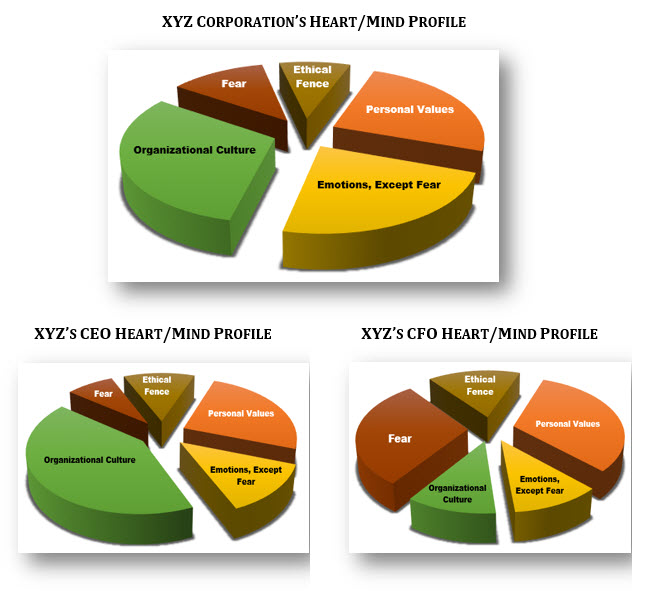
Heart-Mind Mapping
 Let’s stop locking the barn door after the horse is gone! We have an eight-decade-long history of responding and reacting to ethical scandals, beginning with the passage of legislation for the Securities Exchange Commission in 1934 and 1935. Enough is enough! Let’s start being proactive. There’s a better way. To my executive consultant clients, I call it the Heart-Mind Map. It’s a way of potentially spotting a failure in ethical judging before it happens. It’s based on what philosophers call hermeneutic phenomenology. No, you don’t need to know how to pronounce it! Hermeneutic phenomenology is the method I use in my conflict and resolution research. Yes, I know it sounds a bit esoteric, but it works.
Let’s stop locking the barn door after the horse is gone! We have an eight-decade-long history of responding and reacting to ethical scandals, beginning with the passage of legislation for the Securities Exchange Commission in 1934 and 1935. Enough is enough! Let’s start being proactive. There’s a better way. To my executive consultant clients, I call it the Heart-Mind Map. It’s a way of potentially spotting a failure in ethical judging before it happens. It’s based on what philosophers call hermeneutic phenomenology. No, you don’t need to know how to pronounce it! Hermeneutic phenomenology is the method I use in my conflict and resolution research. Yes, I know it sounds a bit esoteric, but it works.
Here’s how. My team of executive consultants conduct experiential interviews with executives in your organization, analyze the data using proprietary computer software, and we produce the following graphic, taken from my newest book.

Although the data is real, XYZ Corporation is a mythical organization. Here we have three Heart-Mind Maps—XYZ Corporation’s composite Heart-Mind Map, the CEO’s individual Heart-Mind Map, and the CFO’s individual Heart-Mind Map. The composite Heart-Mind Map is a consolidated view of XYZ’s 21 individual Heart-Mind Maps, which I created by merging all 21 Heart-Mind Maps into a single view. Each Heart-Mind Map shows the type and weight of ethical judging influencers present during ethical judging. The Heart-Mind map is a very useful conflict resolution method.
We can now close the barn door before someone in your organization embarrasses you or your organization.
Let me show you what it means, and how it can help you and your organization.